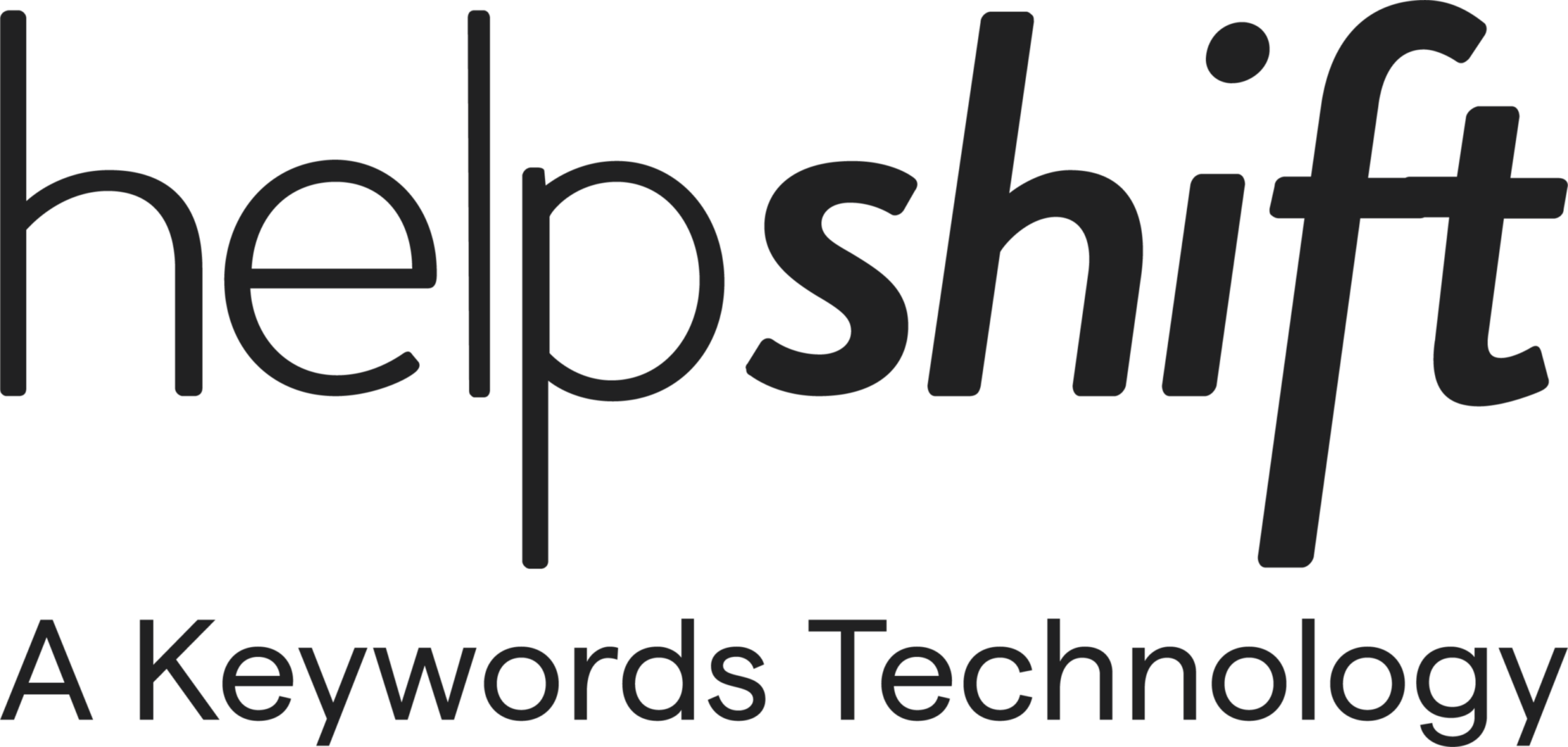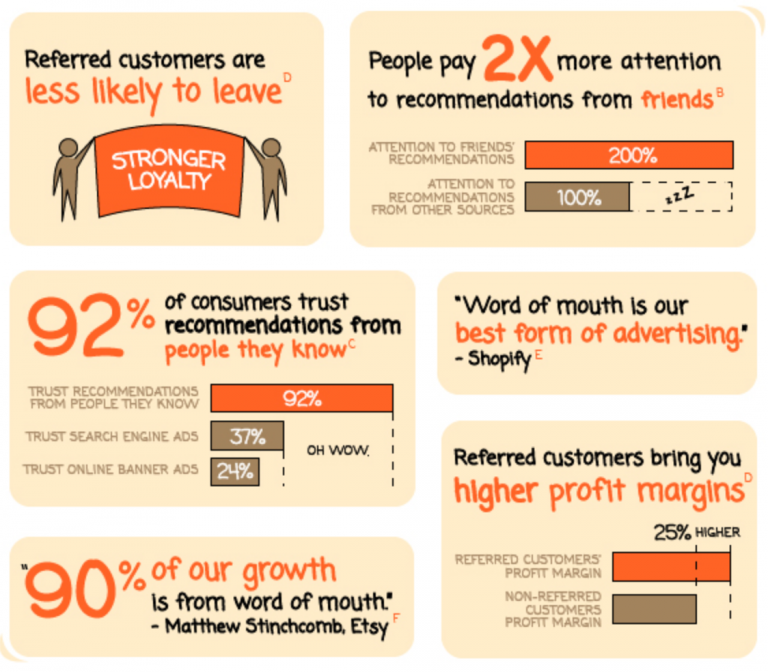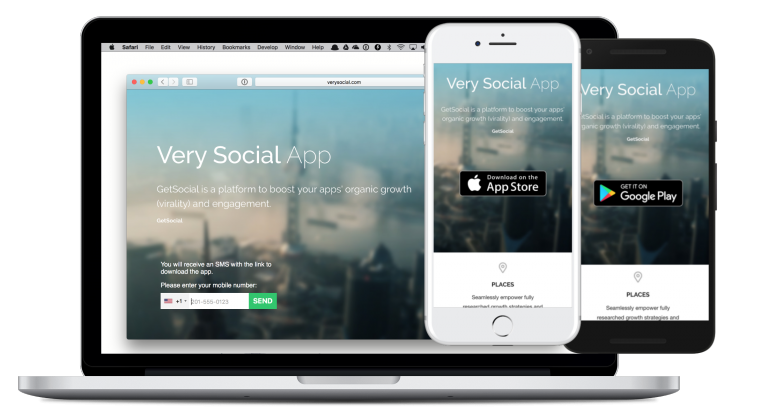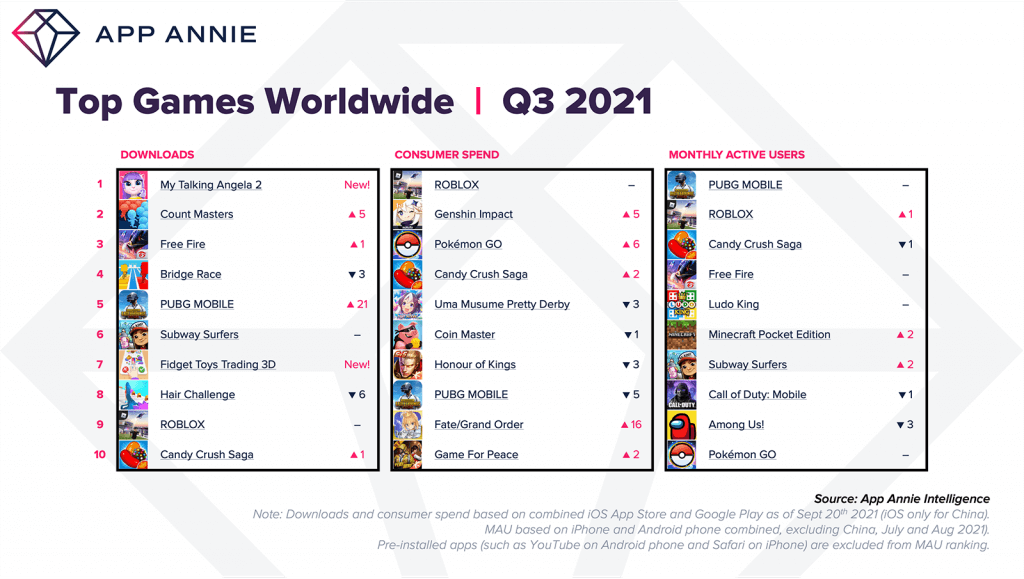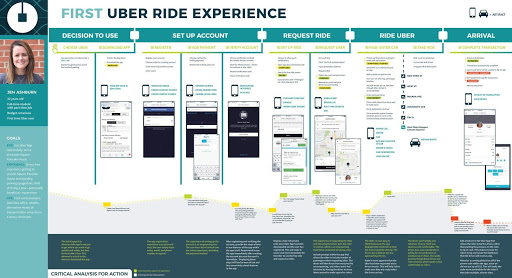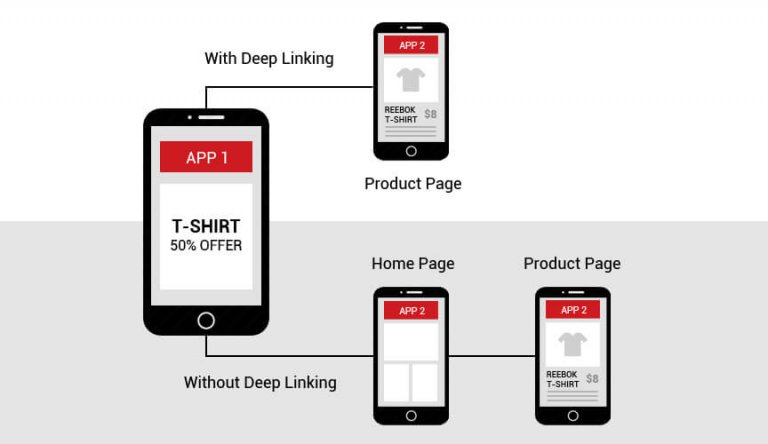Soft Launch Strategy: What It Is and Why Your App Needs It

The app market is getting more crowded with various apps trying to stand out among numerous competitors. In most cases, this leaves you with no room for error. But how do you make sure your app is all set to enter the App Store and win the battle for the users’ attention? This is where soft launch comes to the rescue.
What Is a Soft Launch
A soft launch is like a rehearsal or test drive of the app’s presence and performance on the market. To be more specific, it is releasing the app to a restricted audience (up to 100K users) before the official launch. It helps the businesses test the viability of the product, form an initial user base, and meet the KPIs before taking it to the market.
A soft launch gives the business a unique opportunity to gather insightful user data. For example, how comfortable is their onboarding, which features are easy to interact with, which pages will need more promotion, what is keeping them engaged longer, and how to optimize the entire app experience.
What Are The Advantages of Soft Launch for Your App
- A soft launch is one of the best methods of early user engagement and retention. In-app engagement at the early stages can reduce the cost of user acquisition by 90%. This is because it will cost you 10 times less to retain an existing user than to acquire a new one.
- It allows you to present the product step by step. As a result, you can better monitor the behavior of real users within the app and make all necessary changes on the go, thus saving costs with gradual investments at each stage.
- According to the mobile app user retention rate statistics, as of 2019, only 32% of users return to an app over 11 times. Soft launching can help you determine whether your app is ready for the market so you can avoid low retention rates. If it is not ready, then you can identify what’s wrong and fix this in preparation for the official release, or even close the project and start a new one from scratch.
- It allows you to optimize the user experience. During the soft launch, you can collect user feedback on experience that they had when using your app, such as their favorite features and ease of use. You can do this research in the form of polls or surveys.
- It gives you quick access to the app usage data. It will take you just several weeks to get the first results of the soft launch and take necessary measures based on these results.
- It helps you to check if your app store page is optimized. Soft launching allows your app to start indexing keywords, thus helping you to find out which keywords perform best. As a result, the store will recognize the app, and you will be able to use the best-performing keywords also during the official launch.
- It enables you to segment your target audience. You can divide your app users into groups by value, from the highest to the lowest one. This data will allow you to see which users should be targeted first and improve the targeting with each new release.
How to Plan a Soft Launch
Before you soft launch your app, ask yourself the following questions:
- Which categories of users should we target?
- How many users should we target to collect meaningful data?
- How much can we afford to spend during the soft launch?
- In which locations will the soft launch take place?
- How long will the soft launch last?
- What features are we going to include in the soft launch? What platform (e.g. iOS, Android, or both) shall we target?

Answers to these questions will help you draft a plan that will define the course and outcomes of your soft launch. It is also important to do market research when creating an app, e.g. take a look at the competitors and review their target audiences.
App Hard Launch
Opposite of a soft launch is a hard launch – a release of a product in its entirety, with all features and functions. What is the difference between a soft launch and a hard launch?
- After a hard launch, it is possible to make further adjustments to the app, but, unlike with a soft one, it will be harder to do so.
- A hard launch takes more time than a soft launch. You need to make sure that the product enters the market in its most perfect form.
- A hard launch would cost you more than a soft one. You need to invest quite a lot in a marketing campaign.
Advantages of a Hard Launch
- Competitive advantage. If your app’s niche is highly competitive, a proper hard launch can put your app ahead of the competition. As a result, a fully-functional version of the app will see the world sooner as one of the competitors. However, you must be sure that your app is perfect.
- Faster revenue. Some users tend to avoid products in a beta stage, so jumping over it with a clever marketing campaign can attract more users and thus boost your revenue.
- Publicity. A full launch is like a grand opening that can attract lots of attention to your app and company. In the case of success, you will earn a good reputation with which it’ll be easier for you to launch any further products.
In Which Cases Is a Hard Launch Better Than a Soft Launch?
A hard launch is better than a soft one if your app has a high potential for success and you are 100% sure that it’ll rock. If you have even a small shadow of a doubt, then better opt for a soft launch. So here is when you should go for a full launch:
- Your company is known and trusted in the niche.
- You have got a solid marketing strategy and the budget behind it.
- The app is complete and thoroughly tested.
- You are preparing a big update to your existing app, so it is not a completely new product.
- You have too little time and there is a chance that your competitors will copy your idea if you postpone the hard launch for too long.
If you’ve decided to go with a soft launch first, here are some tips on how to make the most out of it.
How Do You Soft Launch an App?
Each SL is different from the others, and yet several key recommendations are relevant for all cases:
- Do not chase volumes. It is quite possible to conduct tests on hundreds and thousands of users. Such small volumes are more than sufficient for the testing.
- The product does not have to be 100% ready. It is enough to have only basic functionality.
- Rate the relevance of invited users to your main target audience.
- Make sure that the servers that you use are powerful enough. If your application will misbehave because of overloaded servers, all collected data will be distorted.
- Check how much time it takes the users to arrive at your main offering. If the onboarding mechanics are confusing, many users can drop off at the early stages.
- Analyze which keywords work best for ASO and adjust the app store page accordingly.
- Check the retention points at which the users decide to stay with the app. It can be a specific feature or event.
- Change your monetization model (either F2P or freemium) if your current model does not perform well during the soft launch.
- Check what people are saying about the app and if you have caused a buzz.
- Be prepared for the fact that the soft launch will tell you that it is too early for your product to enter the market.
Soft Launch Case Studies
Now that you know what is a soft launch and have a plan on how best to implement your app’s soft launch, let’s go through some of the real examples of soft launches with quite different outcomes.
Pokémon GO
In 2016, the app was first released in Australia and New Zealand, followed by the United Kingdom, Germany, and other European countries. This caused a tremendous load on the servers, making it impossible to play the game. You can learn from their mistakes and choose a limited number of locations as well as make sure that the servers are powerful enough to endure possible overloads.

Rush Wars
Another example is Rush Wars, a strategy multiplayer game by Supercell. Having been soft-launched on August 26, 2019, in Canada, Australia, and New Zealand, the game did not last until the official release – on November 30, it was closed.
Dawn of Titans
So far, the longest SL record belongs to the Dawn of Titans game by Zynga – it lasted 21 months. The app was first soft-launched in early 2015 in Saudi Arabia, the UAE, and Vietnam, and then extended to 15 countries as of December 2016. The company decided to keep the app in the soft launch for a longer time because of various reasons such as the rapidly changing mobile game market and the release of another large-scale game by Zynga – CSR Racing 2. So a lesson that you can learn from this example is to keep the soft launch as short as possible, ideally 3 to 4 weeks.

Where to Soft Launch
One of the most delicate issues is where to arrange a “training ground” for a product. More specifically, in which countries to carry out a soft launch. General rule: test where you are going to advance after the official release. However, it is not recommended to conduct tests in a key market if it is relatively small, which means there is a risk of narrowing down the future maneuvering space.
In this case, you should choose the region or country that is as similar as possible from the point of view of the audience (behavior patterns, welfare, mentality, etc.) For example, if your target market is the United States, you can choose another English-speaking country, such as Canada or Australia, for a soft launch. If you’re targeting Asian countries but your app has only English localization, you can start with Hong Kong, Taiwan, and/or Singapore. These countries are most loyal to foreign publishers and have a high percentage of the English-speaking population.
A choice of a target country also depends on the type of app. For example, if it is a multiplayer game, you may want to stress-test your servers against a large number of players. In such a case, experts at Chartboost recommend choosing India or the Philippines because of the dense population and big groups of English speakers.
What to Measure for Successful Soft Launch
All your soft launch efforts won’t bring much value unless you identify and measure the key metrics:
- App store optimization (ASO). Check how well your app performs in the app store search and use the collected data to adjust the app description, creatives, and keyword choices to improve the ASO metrics.
- Cost per install (CPI) – the most common pricing model for mobile apps, according to which app advertisers pay each time a user installs their app from their ad. As of August 2019, the average CPI was $3.52. This metric depends on the user action and the platform. Many app publishers soft launch their apps in countries with low CPI for technical tests. For example, in the Philippines, the CPI is as low as $0.5.
- Lifetime value (LTV) – a forecast of net income pertaining to all future relationships with the user. This is an important key performance indicator because it represents the maximum that you can afford to spend in order to acquire new users. In mobile marketing, LTV is a user’s total value throughout their time using the app. It will give you a clearer picture of the average revenue each user is generating now and is expected to generate in the future.
- Monetization. Most modern apps and games have one of the two key monetization models, F2P and freemium. F2P stands for “free to play” and means that the players or users are allowed to play or use the app without obligatory donations. Freemium refers to free distribution for a “limited” version of the game or app with an opportunity to purchase the full version, often referred to as the “premium”. If the soft launch has shown that your current model does not work, you can try switching to another one.

- Organic conversion rate – the number of installs that were not triggered as responses to paid advertising campaigns. Organic conversion matters because it often brings the most high-value users – those who found and installed the app without ads, e.g. as a result of good ASO or even word of mouth.
- Retention rate – the percentage of users returning to your app after the installation in order to perform specific actions. Retention rate is typically measured in relation to churn rate – the percentage of users abandoning the app over a specific period of time. For example, if the churn rate is 80%, then the retention rate is 20%. According to research by Localytics, an average 30-day retention rate for mobile apps is 42% whereas the 90-day retention rate is 25%. Therefore, it is better to aim for the 90-day retention rate that is 25% or higher.
- Sessions per user, time per session, time per user – periods of user’s interaction with the app. This metric helps to define how many times a day the user returns to the app. It also determines the average length of time that the user spends with the app and the time of the day when they are most active. We recommend using these metrics together with tracking of user’s behavior within the app and specific in-app events triggered by this behavior. Such a combination will help you to spot problems with your app and find solutions before the official release.
- Virality – viral popularity or word of mouth around your app’s soft launch campaign. It is calculated by multiplying the number of mentions by the conversion percentage.
Soft Launch Checklist
To wrap up, let’s refresh the most crucial points to consider when planning a soft launch:
- Do market research to identify your app’s target audience and its size.
- Know your budget.
- Know the soft launch location.
- Try to keep the soft launch short, ideally between 3 and 4 weeks.
- Include only the basic functionality.
- Make sure that the app servers are powerful enough.
- Check which keywords work best for ASO and adjust the app store page accordingly.
- Measure the following KPIs: CPI, LTV, monetization model, organic conversion rate, retention rate, sessions/time per user, time per session, and virality.
We hope that now you have a better understanding of what a soft launch is and why it is important for your app. Good luck with your future campaigns!
